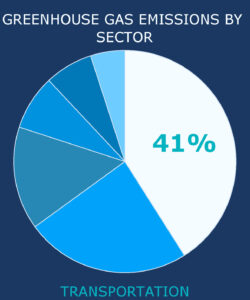Utility-owned (at least “make-readies”) and operated DC fast chargers. This investment could socialize some or all of the costs that are not covered by direct revenues or be partially owned through the “make ready” model.
Automaker-owned DC fast chargers (like Tesla) or collaboration between automaker and electric vehicle service provider. This arrangement would be paid for by a subscription and could be bundled with the purchase price of the automobile. An example would be EVgo’s “no charge to charge” program with new Nissan LEAF customers receiving two years of complimentary charging, assuming this model is scalable.
Public-private partnership. The state could provide more grants for corridors with fast-charging and provide “plazas” for this infrastructure. The state would have to provide detailed specifications, such as the location, number of chargers, and capacity needed. It would have to future-proof the technology to ensure the highest-level charging rate is possible, such as having the utility cover the “basic” fast charge costs and then have the automaker or service provider pay for extra functionality for “premium” service. The state would also need to determine the needs for restrooms and other amenities and assess the scalability potential to maximize the return on its investment. This solution could potentially involve the utilities, because the 350 kW DC fast chargers that automakers want for super-fast charging could trigger the need for demand charge reform or mitigation. If the state helps fund the charging infrastructure deployment through bids from private operators, it could require the winning bidder to secure site host approval first in order to be eligible.
Dual-use model (co-location of charging with other economic activities). This model would work like a gas station, where retail or other economic activity can provide the revenue to offset the high costs of charging.
Automaker/dealer. The two entities can partner on providing the infrastructure, with the costs bundled into the purchase price (although this bundling could potentially raise vehicle prices and therefore discourage adoption), as with Tesla’s network of automaker-owned charging stations.
